|
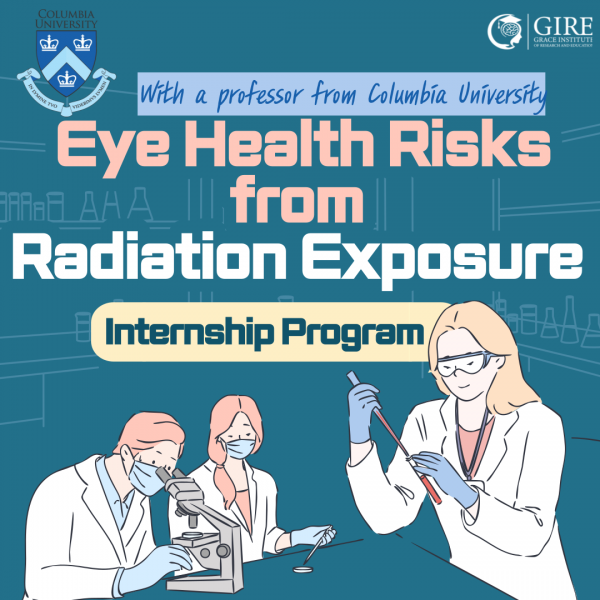
Hi, this is GIRE!
Radiation is a dangerous substance because it can damage the DNA in our cells. When our eyes are exposed to radiation, it can lead to serious health consequences, including cataracts. We'd like to share how you can expertly research the eye and systemic health risks of radiation exposure with a Columbia environmental health professor.
[What is radiation and Chernobyl?]
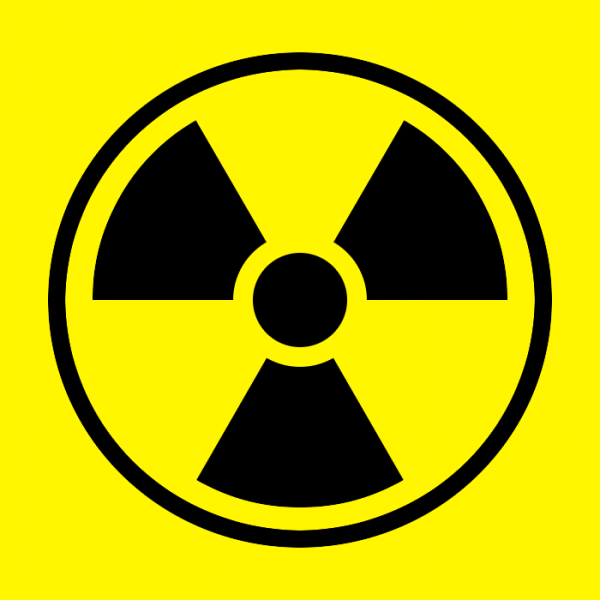
Scientists have been studying the effects of radiation for over 100 years, so we know quite a bit about how radiation interacts with living tissue and how it affects the body. We can measure radiation and understand how it affects our health, so we can work safely around it.
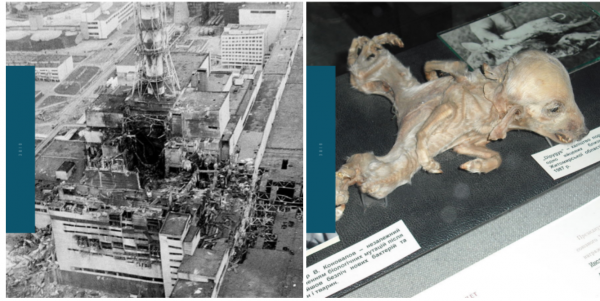
However, on April 26, 1986, at 1:26 a.m., an unfortunate accident occurred at the Chernobyl nuclear power plant, located north of Kiev, Ukraine, on the border with Belarus. The accident was caused by radioactivity released when the reactor of the Chernobyl Nuclear Power Plant's Unit 4 exploded. Two people died on the day of the accident, and employees and firefighters who showed symptoms of radiation exposure were diagnosed with acute radiation syndrome (ARS), of which 28 died within three months. In addition, 600,000 people were exposed to strong or weak radiation.
[Cataract risk in radiation-exposed healthcare workers and sanitation workers]
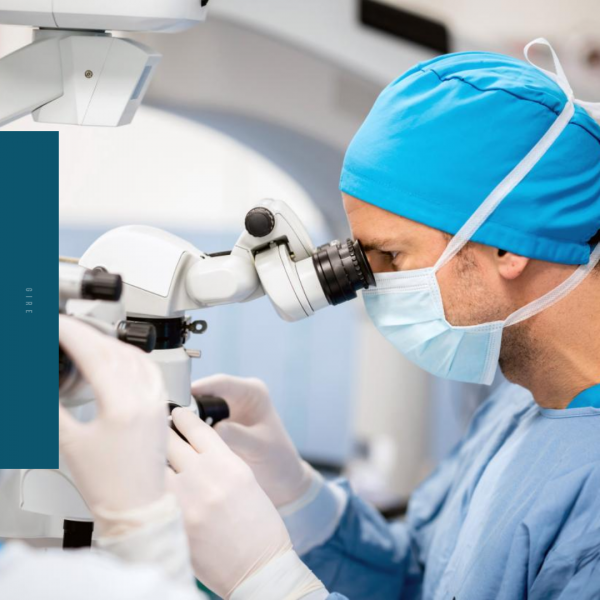
The eye is an important sensory organ that is occupationally exposed to ionizing radiation (IR) in healthcare workers engaged in medical imaging (MI). The National Institutes of Health (NIH) has found that healthcare workers, especially radiologists, surgeons, and anesthesiologists, have relatively high doses and days of radiation exposure, and the significant increase in ocular dose is a concern.
In addition to healthcare workers, studies have shown very high rates of leukemia and cataracts among Chernobyl cleanup workers exposed to high doses of radiation. Radiation is a harmful substance that, when exposed to living tissue in this way, destroys DNA and cellular organization, and causes diseases such as cataracts, leukemia, and (thyroid) disease. Therefore, we want to study the risk of radiation exposure in certain occupations.
[Why study radiation?]
▶Radiation can damage the DNA of our cells. ▶High levels of radiation can also lead to cancer later in life. ▶Children and young people are more sensitive to the effects of radiation. ▶High doses of radiation can harm an unborn baby. ▶We receive small amounts of radiation from the natural environment every day. Therefore, better treatment and prevention measures for health risks from radiation are needed because they can protect humans in everyday life, in the workplace, in cosmetics and medicines, or in emergencies.
[Ophthalmology and radiology research: Prof. Norman Kleiman]
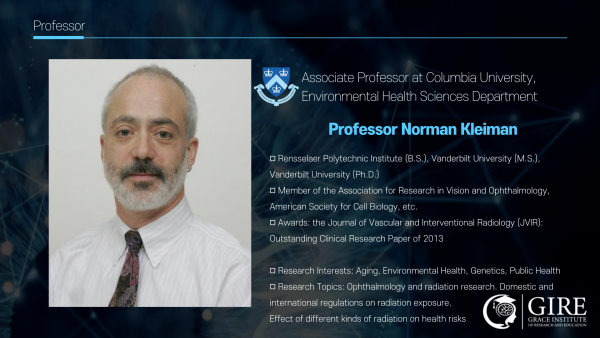
GIRE is supporting a research experience with Professor Norman Kleiman at Columbia University to delve deeper into the environmental and human health consequences of radiation exposure.
▶Research Interests: #Aging #Environmental Health #Genetics #Public Health Education ▶Recommended students: Students interested in health sciences and ophthalmology and radiation research, and students interested in learning about the diversity of national and international regulatory and advisory bodies on radiation exposure issues. These are the current research topics that Prof. Norman is working on. ▶Population dynamics and genome-wide selection scan for dogs in Chernobyl (2023)
▶Assessing the safety of new germicidal far‐UVC technologies (2023) ▶222 nm far-UVC light markedly reduces the level of infectious airborne virus in an occupied room. (2023) With GIRE, high school students receive direct support from consultants and conduct unprecedented research in research areas they are curious about, acquiring specialized knowledge, discovering new facts, and considering ways to utilize the research results. 
|
 Click here to book
Click here to book